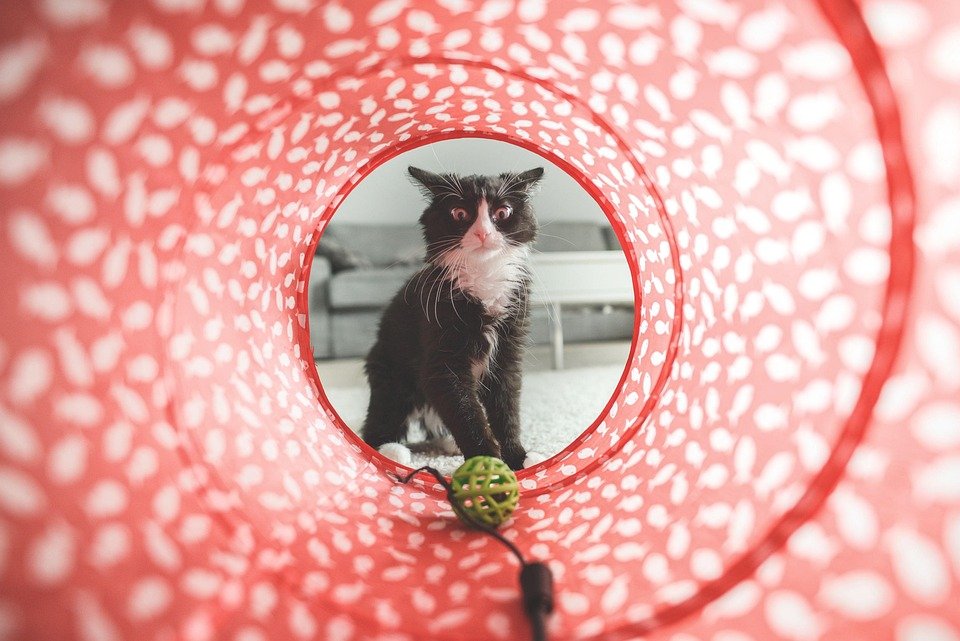
Introduction:
Cats are known for their independent and aloof nature, but play therapy can be a powerful tool for improving their physical and mental well-being. In this article, we will explore the benefits of play therapy for cats, how it can improve their behavior and overall happiness, and provide tips for incorporating play therapy into your cat’s routine.
Benefits of Play Therapy for Cats:
1. Mental Stimulation: Cats are intelligent creatures that need mental stimulation to prevent boredom and behavioral issues. Play therapy provides cats with the opportunity to use their natural hunting instincts, problem-solving skills, and creativity, which can help keep their minds sharp and engaged.
2. Physical Exercise: Just like humans, cats need regular exercise to stay healthy and maintain a healthy weight. Play therapy can help cats burn off excess energy, improve their agility and coordination, and prevent obesity-related health problems.
3. Bonding and Socialization: Play therapy can strengthen the bond between cats and their owners, as it provides opportunities for positive interactions and mutual enjoyment. Additionally, play therapy can help shy or timid cats build confidence and socialize with other pets in the household.
4. Stress Relief: Cats can experience stress and anxiety due to changes in their environment, routine, or interactions with humans or other animals. Play therapy can help cats relax, release pent-up energy, and reduce stress levels through physical activity and mental stimulation.
Incorporating Play Therapy into Your Cat’s Routine:
1. Schedule Regular Play Sessions: Set aside dedicated time each day to play with your cat, ideally in the morning and evening when they are most active. Use interactive toys, such as wand toys, laser pointers, or puzzle feeders, to engage your cat’s senses and keep them entertained.
2. Observe Your Cat’s Preferences: Pay attention to your cat’s natural behaviors and preferences when choosing toys and play activities. Some cats may prefer chasing, stalking, or pouncing on toys, while others may enjoy batting at feathers, crinkly toys, or catnip-filled mice.
3. Rotate Toys: Cats can quickly become bored with the same toys, so it’s essential to rotate their toy selection regularly to keep them engaged and interested. Introduce new toys, textures, and sounds to stimulate your cat’s senses and prevent playtime from becoming routine.
4. Create a Playful Environment: Cats are natural climbers, jumpers, and explorers, so provide them with opportunities to engage in these behaviors during play therapy. Set up cat trees, shelves, tunnels, and hiding spots to encourage your cat to exercise and express their natural instincts.
5. Monitor Play Behavior: While play therapy is beneficial for cats, it’s essential to monitor their behavior and adjust the intensity and duration of play sessions accordingly. Watch for signs of overstimulation, aggression, or fatigue, and give your cat breaks as needed to prevent burnout.
Conclusion:
Play therapy is a valuable tool for improving the physical and mental well-being of cats, as it provides them with opportunities for mental stimulation, physical exercise, bonding, and stress relief. By incorporating play therapy into your cat’s routine and choosing engaging toys and activities, you can help your feline friend lead a happier and healthier life. Remember to observe your cat’s preferences, rotate their toys regularly, create a playful environment, and monitor their play behavior to ensure a purr-fect play experience for your furry companion.





